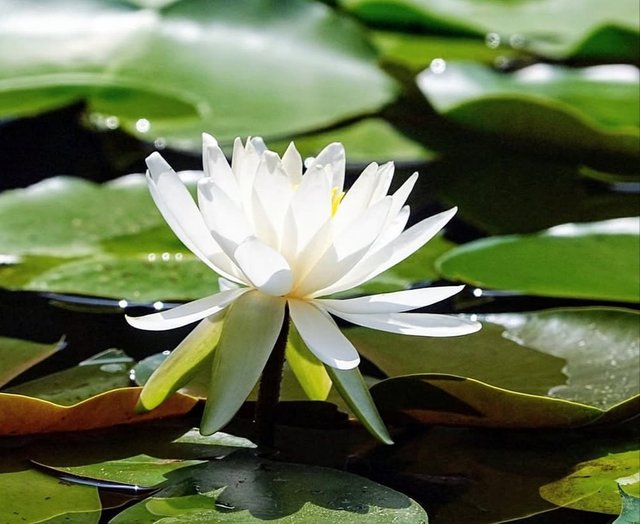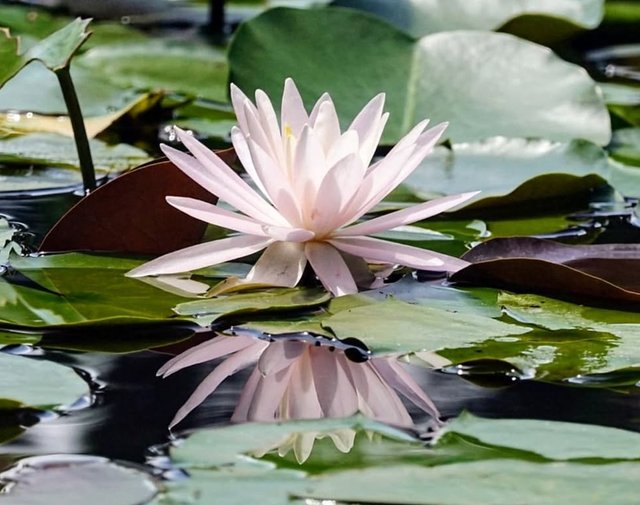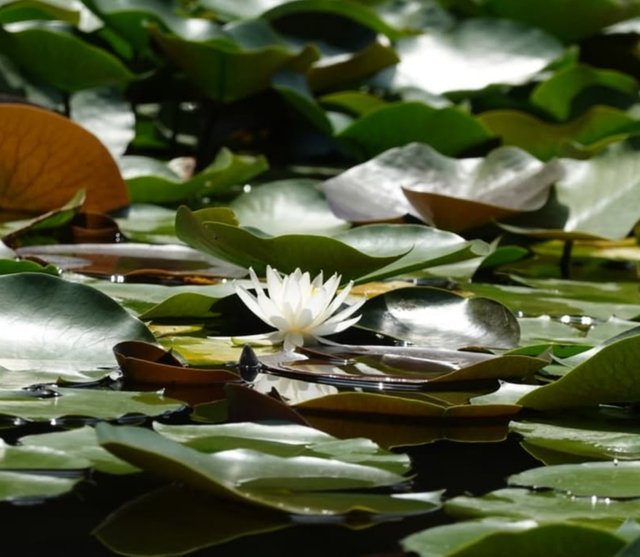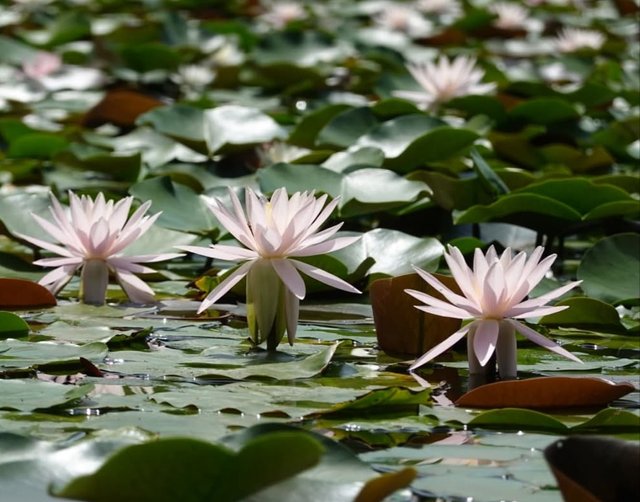Pygmy Water-Lily: A Tiny Aquatic Jewel
The Pygmy water-lily, also known as the small white water-lily, is a delicate and charming aquatic plant that belongs to the family Nymphaeaceae. Unlike the showy, large water-lilies that dominate garden ponds and lake surfaces, this miniature species stands out for its compact size, subtle elegance, and ecological importance. Native to various parts of the Northern Hemisphere, especially in cooler climates, the Pygmy water-lily embodies beauty in miniature form.
Botanical Description
The Pygmy water-lily is a dwarf species of water-lily, typically featuring:
Leaves: Round to slightly heart-shaped floating leaves, usually 3 to 10 cm in diameter. The leaves are green on the upper surface, and reddish or purplish underneath. They rest gently on the water’s surface, forming a floating carpet.
Flowers: The flowers are small, about 3–6 cm across, and are usually white with a yellow center of stamens. Each bloom consists of four petals — a trait that gives rise to the species name tetragona.
Growth habit: Like other Nymphaea species, it is a rhizomatous perennial that grows in still or slow-moving freshwater. Its short stems root in the muddy substrate, while the leaves and flowers float on the surface.
Habitat and Distribution
The Pygmy water-lily is found in a broad range across:
Europe: Scandinavia, the Baltic states, parts of central and eastern Europe.
Asia: Russia, northern China, Japan, and parts of the Korean Peninsula.
North America: Northern parts of the United States and Canada, particularly in boreal and subalpine zones.
It prefers shallow, calm freshwater habitats like ponds, marshes, slow-moving streams, and the quiet edges of lakes. It thrives in cold, oligotrophic water and often inhabits mountainous or northern climates.




%20(8).jpeg)